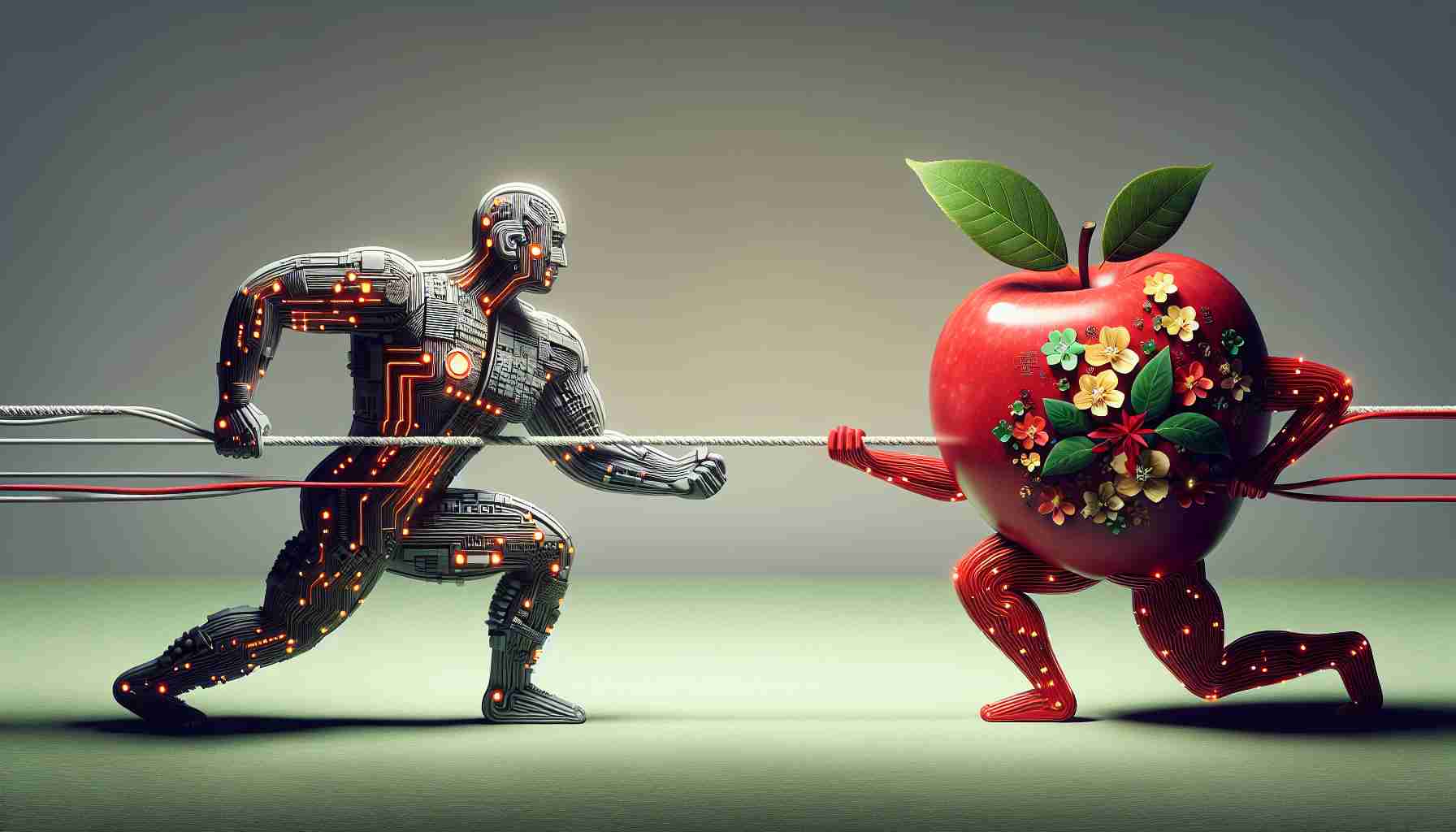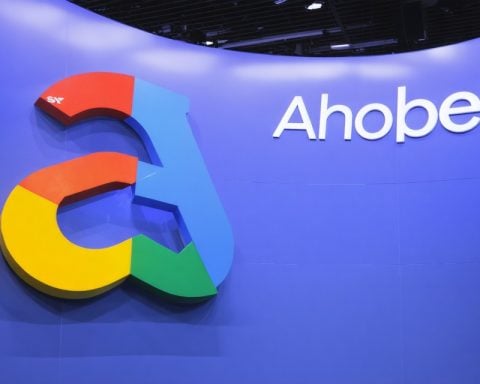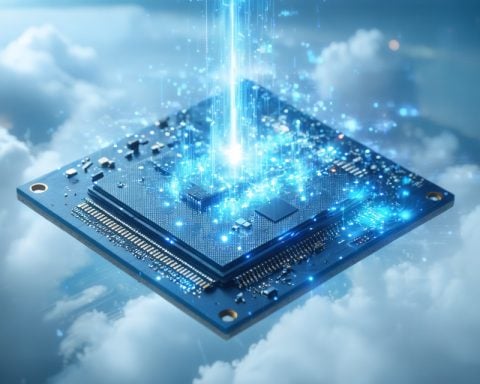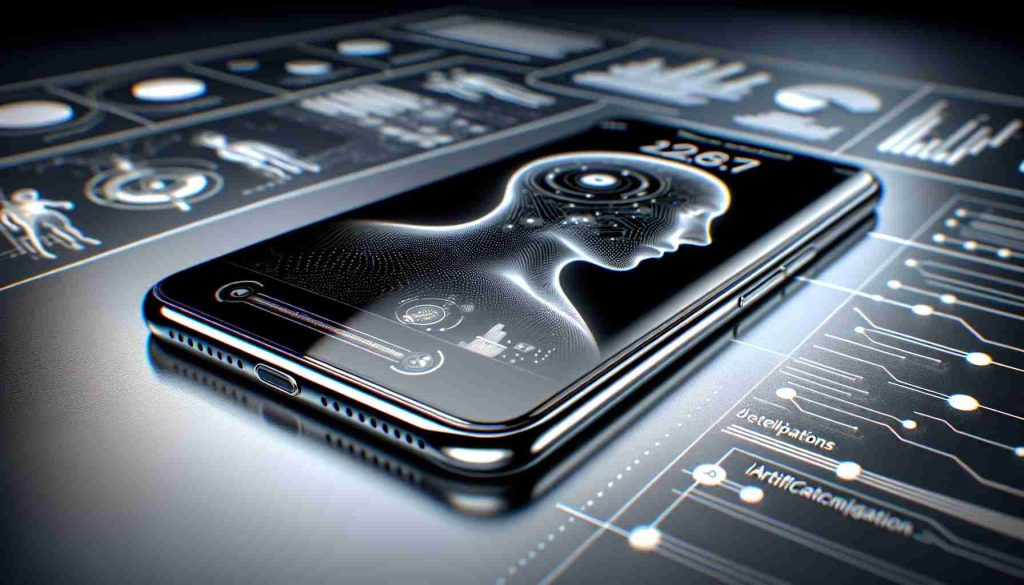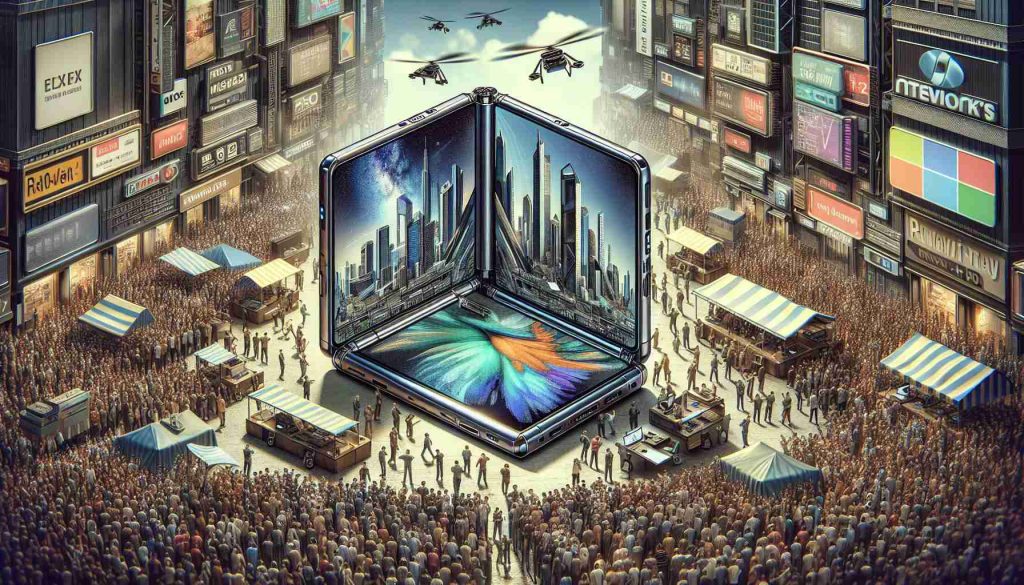In the latest showdown between tech giants, Huawei and Apple have commanded significant attention with their new product launches. Apple has unveiled its first AI-driven iPhone 16 series, promising affordability with no increase in pricing. Meanwhile, Huawei has made waves with the introduction of its groundbreaking Mate XT, a triple-foldable smartphone, creating competitive tension as Apple has yet to release any foldable devices.
The Mate XT, priced starting at 19,999 yuan, marks Huawei’s priciest offering to date. Before its official launch, the device garnered immense interest, with over 4 million pre-orders recorded by September 10. Due to its popularity, the resale prices on some platforms escalated to as high as 100,000 yuan, sparking concerns about speculators inflating the market.
At the launch event, Huawei’s executive candidly addressed the high production costs associated with the Mate XT and hinted that prices could drop as manufacturing improves. Pre-orders began just days ago, but the demand was so overwhelming that initial figures started at 10,000 and rapidly climbed to over a million within a day.
The release timing of the Mate XT coincided with Apple’s iPhone 16 launch, generating further excitement among consumers. While Apple showcased its new intelligence features, the Mate XT’s innovation has raised eyebrows and led to mixed opinions about its practicality versus its novelty as a luxury item. This strategic competition highlights Huawei’s resurgence in the high-end smartphone market, aiming to reclaim its status among the elite players.
Huawei and Apple Battle for Tech Dominance: A New Era of Competition
In the constantly evolving tech landscape, Huawei and Apple continue their fierce rivalry as they strive for dominance in the mobile market. This battle is not just about device specifications and market share; it encompasses broader themes such as innovation, consumer loyalty, and geopolitical influences.
Key Questions in the Huawei-Apple Rivalry
1. How do the companies’ international standings impact their sales?
– Huawei has faced significant challenges due to sanctions and trade restrictions, particularly impacting its market access in the United States and other Western nations. Conversely, Apple enjoys a strong global presence, but must navigate its dependence on Chinese manufacturing and sales, where Huawei retains a formidable market share.
2. What are the technological advancements both companies are pursuing?
– Huawei has invested in 5G technology and artificial intelligence, positioning itself as a leader in these areas. Meanwhile, Apple is focusing on ecosystem integration, enhancing user experience across devices, and incorporating advanced AI into its products.
3. How do customer sentiments differ towards Huawei and Apple?
– Apple has a loyal customer base that values its brand and ecosystem. Huawei, while it has a growing number of users domestically, faces skepticism from international consumers due to security concerns and brand perception, influenced by geopolitical tensions.
Challenges and Controversies
The competition between Huawei and Apple is fraught with challenges. The ongoing U.S.-China trade war has led to increased scrutiny of Huawei’s practices, with concerns raised regarding data security and cyber espionage. Additionally, both companies are grappling with supply chain disruptions—as seen during the COVID-19 pandemic—affecting their ability to deliver products in a timely manner.
Advantages and Disadvantages
– Huawei’s Advantages:
– Pioneering technology in 5G and AI.
– Competitive pricing models that appeal to price-sensitive consumers.
– Rapid innovation cycles evidenced by high demand for new releases.
– Huawei’s Disadvantages:
– Geopolitical restrictions reducing market access.
– Perception issues, particularly in Western markets.
– Dependency on partnerships for software and services due to U.S. sanctions.
– Apple’s Advantages:
– Strong brand loyalty and a well-established ecosystem of products and services.
– Larger market share in regions such as North America and Europe.
– High profit margins supported by premium pricing strategies.
– Apple’s Disadvantages:
– Slower innovation compared to the rapid developments seen in some competitors.
– Price sensitivity issues in emerging markets, limiting growth opportunities.
– Dependence on the Chinese supply chain amidst rising geopolitical tensions.
Conclusion
As Huawei and Apple continue to innovate and capture consumer interest, their battle for tech dominance is likely to intensify. The outcome is influenced not only by product innovations and marketing strategies but also by broader economic and political factors. This rivalry reflects shifting consumer preferences and the importance of brand reputation in a device-saturated world.
For more on this ongoing competition and insights into the tech industry, visit TechCrunch or The Verge.

